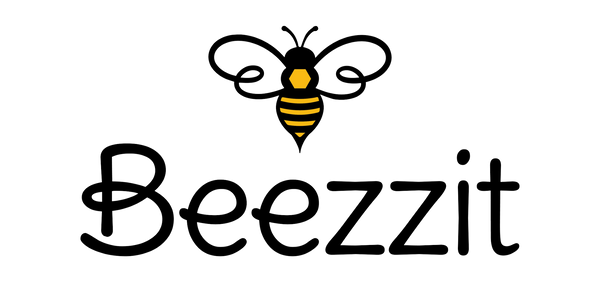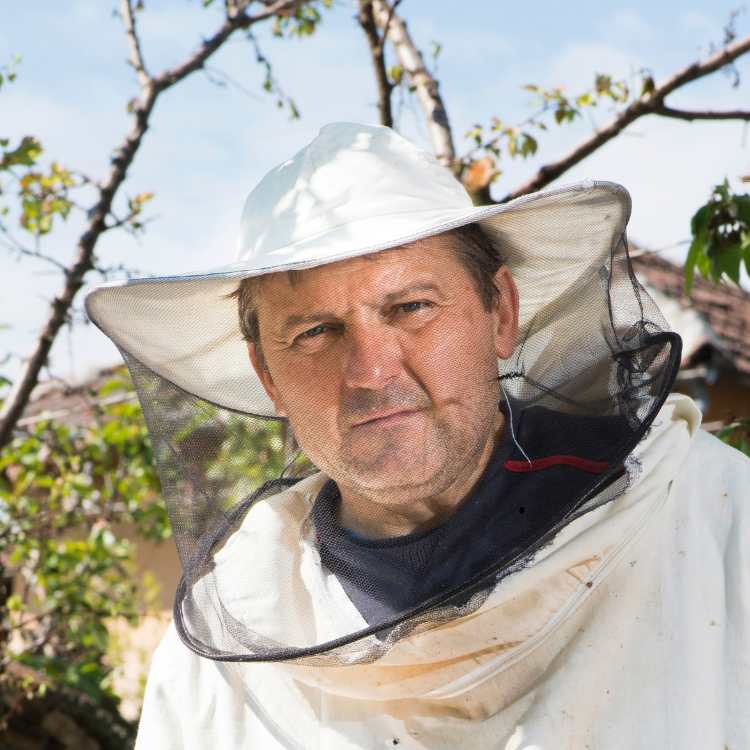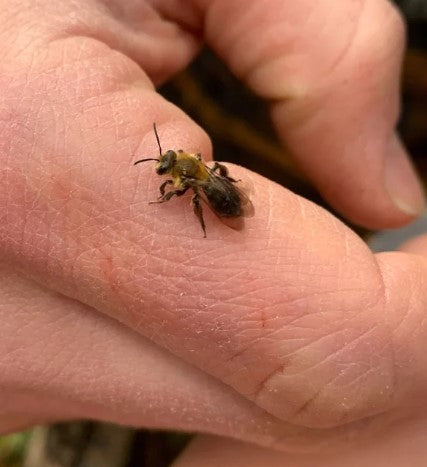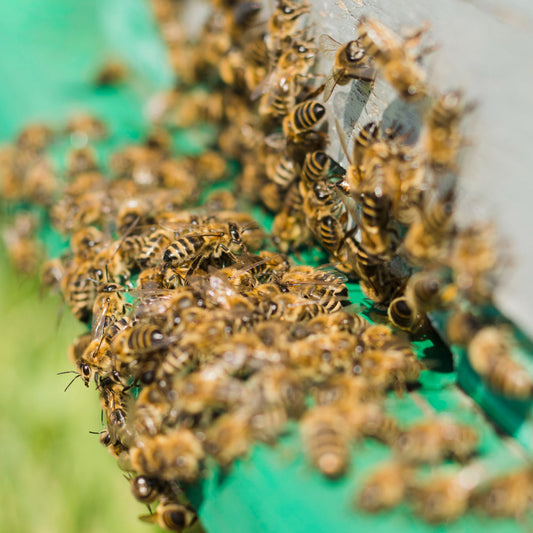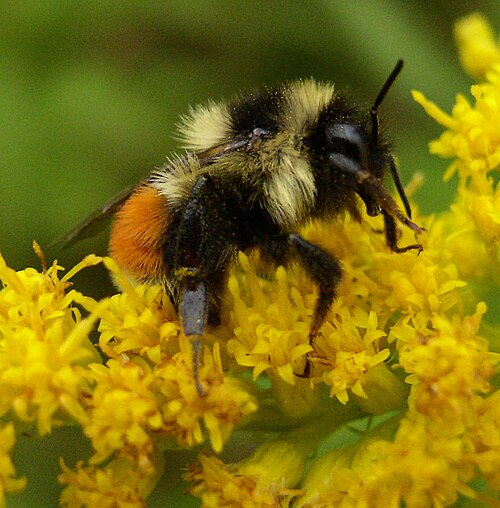Ask any local beekeeper and they will tell you that a bee smoker is perhaps the most essential hive tool for them. It is one of those pieces of gear that you will have to grab every single time you need to open a hive. No matter the type of smoker you use, the purpose of it remains the same. Produce cool smoke to calm down the bees and keep yourself from getting stung.
Choosing the right bee smoker
Choosing a bee smoker is not at all complicated. But it is always a good idea to know what you are getting.
Size
The first thing that you need to think about is the size. If you are operating two small backyard hives, a small smoker is going to be more than enough. Commercial beekeepers working with dozens of hives will need larger ones. The bigger bee smokers can hold more fuel which means longer burn time. But remember these can become heavy and bulky pretty fast.
Build
The material too matters a lot. Most of the modern bee smokers you can buy are made with stainless steel because galvanized steel holds up much better over time and takes a beating without falling apart.
Lid, hinge and opener tab
When buying bee smokers, you will come across cone and dome shaped lids and yes, both work fine. But cone shaped lids make it much easier to aim the smoke. Next, you want a hinge that does not flop around when refueling hot fuel. A coiled wire opener is much better that a flat metal tab since you can grab it much easier, even with the gloves on.
Heat shield
This one’s non-negotiable. Get a smoker with a heat shield. It only takes one nasty burn to realize how important that bit of metal really is. Better safe than sorry.

Getting it lit and keeping it lit
Lighting a bee smoker can be a real pain until you find your rhythm. Start with something light and fast burning like a loose ball of newspaper. Once that’s burning, add your main fuel. Burlap, pine needles, wood chips and even dried cow manure if you’re out in the countryside. The main trick is to layer it slow and using the bellows to build a good smolder.
If you are struggling to get it started, a squirt of hand sanitizer can light up even the most stubborn material. We suggest investing in a budget propane torch to make the job fast.
Pro tip: Stuff the chimney with a little green grass after you have loaded the bee smoker fuel. It acts as a filter and keeps the ash from shooting out onto your bees.
Using the smoker at the hive
Now that you are ready, use a few gentle puffs at the hive entrance and under the lid. Let the smoke drift over the bees. Do not blast the smoke directly on the bees. The aim is to calm them down. Not chase them out. Also, make sure that you never smoke when flames are pouring out of the smoker. You will cook your bees, not soothe them.
Always remember that bee smokers get super hot. Never park it on dry grass. Don’t jam it between your knees. Best spot? Set it on concrete or on the edge of an adjacent hive where it won’t tip over easily.

Shutting down
After you are done working with the bee smoker, you have a few ways of extinguishing it. You can plug the chimney with the cork, lay the smoker on its side in a non-burnable surface or set it in a metal bucket. Whatever you do, remember to always be cautious. Even out, smokers tend to stay really hot longer than you think.
The best move? Dump the leftover fuel into a metal bucket and hang the smoker by the lid to cool. This keeps creosote from sealing the lid shut and saves a world of frustration next time.
Cleaning and maintenance
Cleaning your bee smoker is not fun. But it is a necessity. You will need to start by scraping out the soot and creosote with the hive tool. Then torch whatever is left and hit it with a wire brush. If you have an electric drill with a wire brush attachment, even better.
You won’t get it spotless, but it should be working smoothly again.
A few tips
- Always keep a backup bee smoker fuel source nearby. You never know when you will need extra burn time.
- Regularly inspect your bellows. A torn or stiff bellow can ruin your day fast.
- Store your smoker in a dry spot to prevent rusting.

A beekeeper working with his hive
The takeaway
Beekeeping throws enough surprises your way. A reliable bee smoker makes sure the bees stay calm and your inspections stay smooth. Once you master this simple tool, your hive (and your nerves) will thank you.
Looking for a deeper dive into the world of beekeeping? Learn more about the basics from our full blog here.
